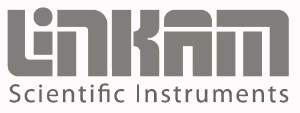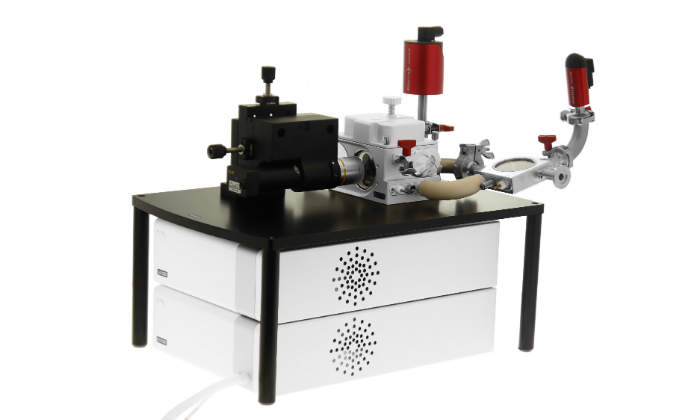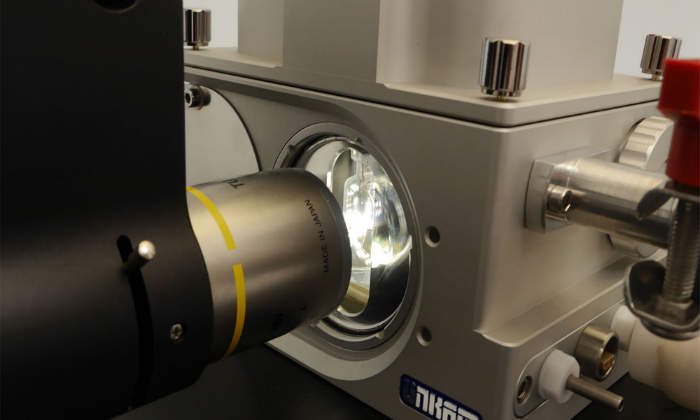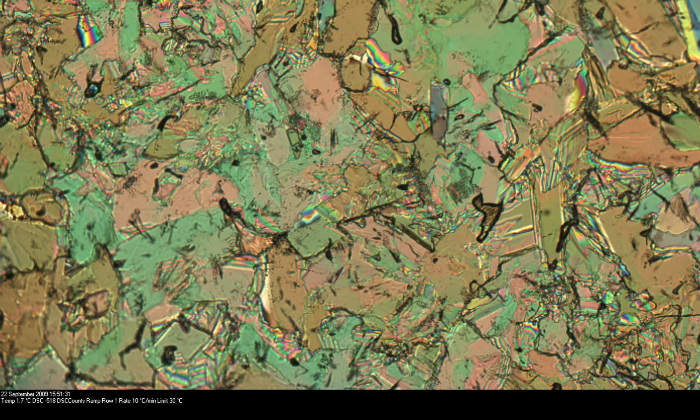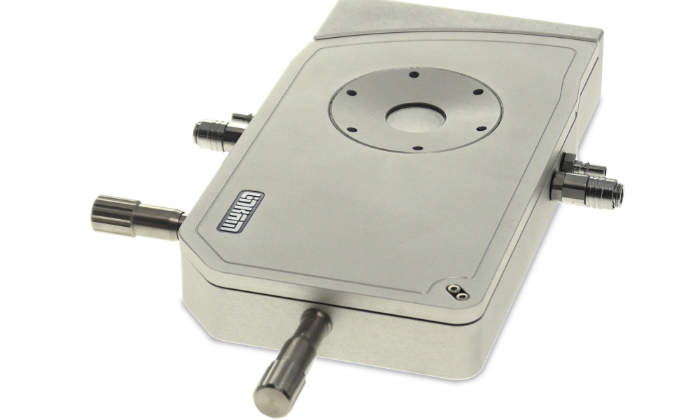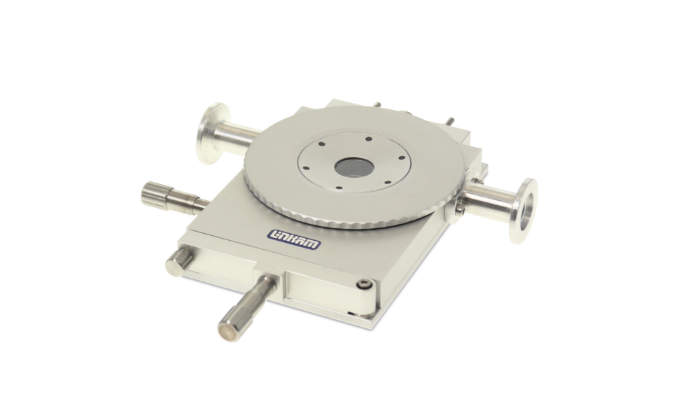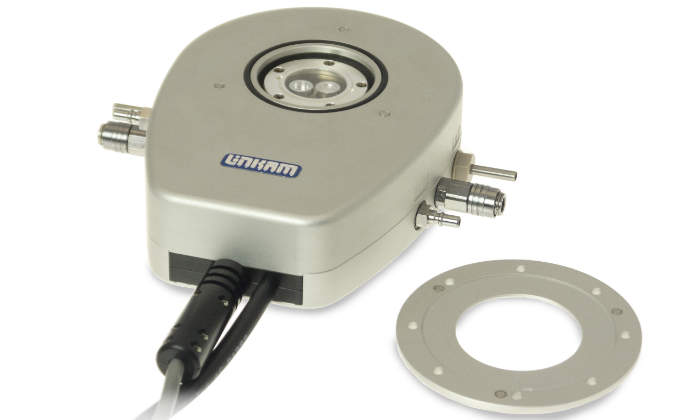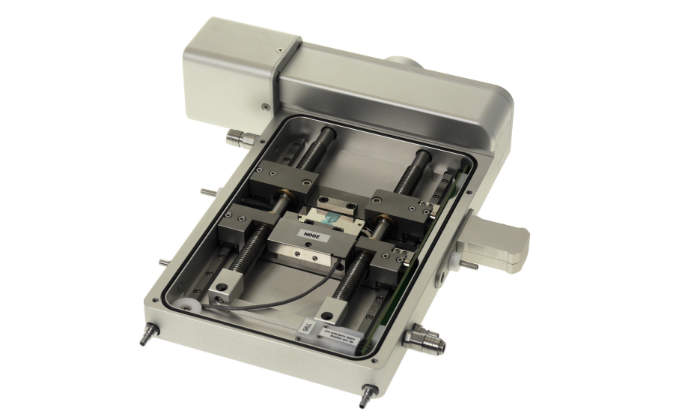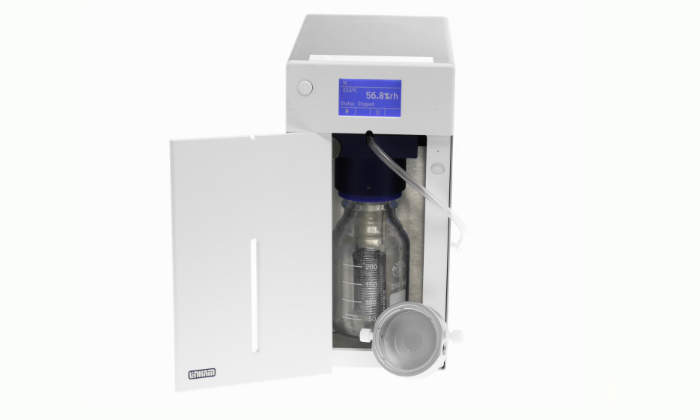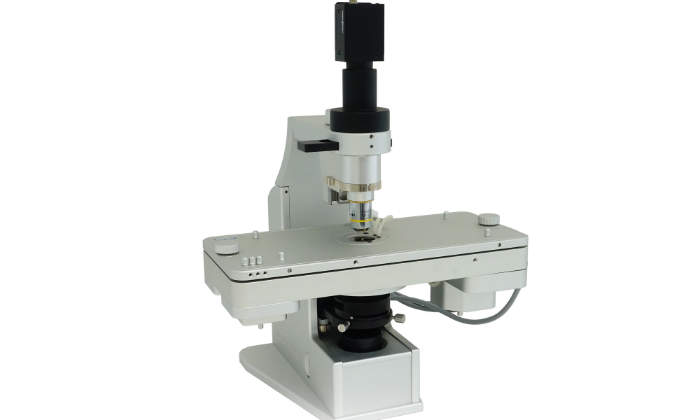Linkam Scientific develops and manufactures thermal stages that are used in many industries and universities worldwide to aid the characterisation of materials from polymers to biological tissue, metals, composites, active pharmaceutical ingredients (API), and excipients.
Linkam has worked with the pharmaceutical industry to develop solutions for key applications such as drug development, manufacturing, quality assurance (QA), packaging, and storage.
With temperatures ranging from -196°C to 1,500°C, Linkam Scientific’s instruments are designed and manufactured in-house by a team of highly experienced electrical, optical, software, and mechanical design engineers. Precise and accurate temperature control for samples has been further enhanced to enable more detailed characterisation of materials, with the introduction of systems such as the new optical differential scanning calorimetry (DSC) and lyophilisation systems.
Optical differential scanning calorimetry to measure transition temperatures
The Optical DSC450 has been optimised for those needing to measure transition temperatures and enthalpy changes of samples from -196°C to 450°C. This stage has been designed to combine DSC measurements with imaging and time lapse recording of sample transitions in high-resolution.
Simultaneous imaging enables additional information to be extracted including changes in morphology and colour. The Optical DSC450 is well-suited for research and quality control (QC) involved in the measurement of glass transitions and melting peaks. Also, when combined with image or thermal analysis by surface characterisation (TASC), sample homogeneity may be studied.
Freeze drying stage system for the characterisation of materials
Freeze drying protocols may be quickly and accurately characterised by precisely controlling sample temperature and stage vacuum pressure. Alongside light microscopy techniques such as phase contrast and polarised light microscopy, it is now possible to determine collapse and eutectic temperature, as well as intricately investigate freeze dried structures of complex samples.
Both stage pressure and temperature can be controlled and programmed to simulate industrial procedures and determine ideal drying parameters. Small sample volume and speed of processing saves time and cost for developing freeze drying protocols. Eutectics can be investigated using the FDCS196, with ultra-low temperatures of -196°C.
Vial system to simulate freeze-drying
Moving to the next step in the lyophilisation protocol development process, the FDVS has been optimised to closely simulate the industrial freeze drying process in a compact and efficient form. The chamber can accept up to seven 2R vials, working with small sample volumes and using enough to closely simulate large scale industrial processes, while still minimising sample wastage.
An optical microscope set-up, with a 10x darkfield objective lens, allows simple and efficient monitoring and tracking of the position of the sublimation front. Real time imaging allows the user to see structural changes in samples as lyophilisation occurs. The system is fitted with a capacitive and a Pirani-type vacuum sensor, which provide accurate monitoring throughout the drying process and precise detection of the end-point of primary drying.
Control humidity of your sample environment
The control of water vapour in the environment around a sample is vital. The smallest change in relative humidity (RH%) can have huge implications for the characteristics of a sample and how it behaves, such as chemical changes of some APIs and the mechanical stability of tablets.
The RH95 is designed to add environmental sample control to the Linkam range of temperature controlled stages. It provides precise control in a compact, self-contained package with no requirement for an external dry air-supply. It controls RH between 5% and 90% within the temperature range ambient to 85°C.
Unlike many other humidity systems, the RH95’s feedback sensor is located near the sample, ensuring accurate humidity control. It can be combined with light microscopy, Raman spectroscopy, fourier-transform infrared spectroscopy (FT-IR) and X-ray to further characterise samples.
Measuring and compression properties of samples relative to temperature
The mechanical properties of materials including tablets, formulations, and packaging are important considerations in the overall production process. Understanding how these change with temperature and other environmental conditions is important to ensure products have consistent performance and quality. The TST350 measures tensile and compressive properties relative to temperature in the range -196°C to 350°C and optionally RH%.
The TST350 can be used with reflected or transmitted illumination, as well as with other techniques. Its sample chamber is sealed and can be purged to control tghe sample environment.
A stage for analysing isothermal properties of larger samples
The LTS420 is optimised for isothermal analysis of larger samples. It is an easy-to-use, versatile heating and freezing stage with a temperature range of -196°C to 420°C.
Samples can be simply mounted on a standard microscope slide held in contact with the heating block and can be manipulated 15mm on both the X and Y axis. The sample chamber is gas tight and has valves to purge with either inert gas or humid air.
Optical shearing system for direct observation of structural dynamics in complex fluids
The CSS450 allows structural dynamics of complex fluids to be directly observed using a standard optical microscope under precisely controlled temperature and shear modes. It is possible to study the microstructure evolution of complex fluids and correlate micro-structural dynamics with rheological data to gain an insight into the rheology of complex fluids.
To accommodate various textures or particle sizes in different samples, the gap between the two plates can be precisely set from 5µm to 2,500µm. The speed of this change in gap setting can also be varied. There are options available for the CSS450 to be used with X-ray techniques and also with a liquid nitrogen cooling option extending the temperature range to -50°C up to 450°C.

